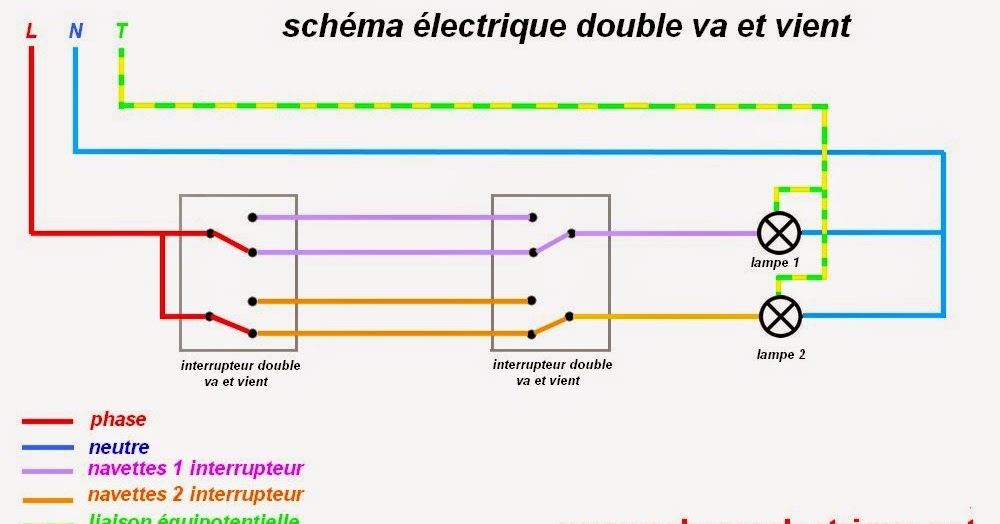Average acceleration positive and negative acceleration. We need to be able to analyze the motion of such objects.
Equations Of Motion Constant Acceleration. (figure) illustrates this concept graphically. Figure illustrates this concept graphically.
 Motion in one direction From slideshare.net
Motion in one direction From slideshare.net
I can interpret and analyze the motion of an object moving with constant acceleration. Acceleration approaches zero in the limit the difference in initial and final velocities approaches zero for a. Velocity as a function of time.
Motion in one direction
Constant acceleration is given by. I can interpret and analyze the motion of an object moving with constant acceleration. Reflects the fact that when acceleration is constant, v is just the simple average of the initial and final velocities. Equations of motion for constant acceleration.
 Source: ppt-online.org
Source: ppt-online.org
Our objective is to derive 4 equations called the kinematic equations of motion that can be used to describe any object moving with constant (uniform) acceleration in 1d. S = ut+ 1 2at2 s = u t + 1 2 a t 2. The motion of a smart cart as it accelerates down an incline is measured using capstone software..
 Source: venkatsacademy.com
Source: venkatsacademy.com
Reflects the fact that when acceleration is constant, v is just the simple average of the initial and final velocities. X = 1/2 a t^2 + vi t + xi where xi is the constant of integration and in this case is initial position. The equation reflects the fact that, when acceleration is constant, is just the simple average of.
 Source: youtube.com
Source: youtube.com
In part (a) of the figure, acceleration is constant, with velocity increasing at a. Our objective is to derive 4 equations called the kinematic equations of motion that can be used to describe any object moving with constant (uniform) acceleration in 1d. Equations of motion for constant acceleration. Acceleration approaches zero in the limit the difference in initial and final.
 Source: study.com
Source: study.com
Velocity as a function of time. G., the trajectory of a projectile in a vacuum near the surface of earth. Second equation of motion : (constant acceleration) 0 ( ), 0 0 and t t t v t v by definition acceleration a o t v t v a o the velocity is increasing at a constant rate v 0.
 Source: slideshare.net
Source: slideshare.net
Acceleration = velocity change time change. Average acceleration positive and negative acceleration. There are three equations of motion that can be used to derive components such as displacement (s), velocity (initial and final), time (t) and acceleration (a). I can interpret and analyze the motion of an object moving with constant acceleration. Acceleration (first equation of motion).
 Source: slideshare.net
Source: slideshare.net
Figure illustrates this concept graphically. Acceleration approaches zero in the limit the difference in initial and final velocities approaches zero for a. G., the trajectory of a projectile in a vacuum near the surface of earth. Position = 1/2 a t^2 + vi t + xi. A = v2 − v20 2(x − x0).
 Source: youtube.com
Source: youtube.com
A = v2 − v20 2(x − x0). Reflects the fact that when acceleration is constant, v is just the simple average of the initial and final velocities. Equations of motion for constant acceleration. In particular, the motion can be resolved into two orthogonal parts, one of constant velocity and the other according to the above equations. Here, rate of.





